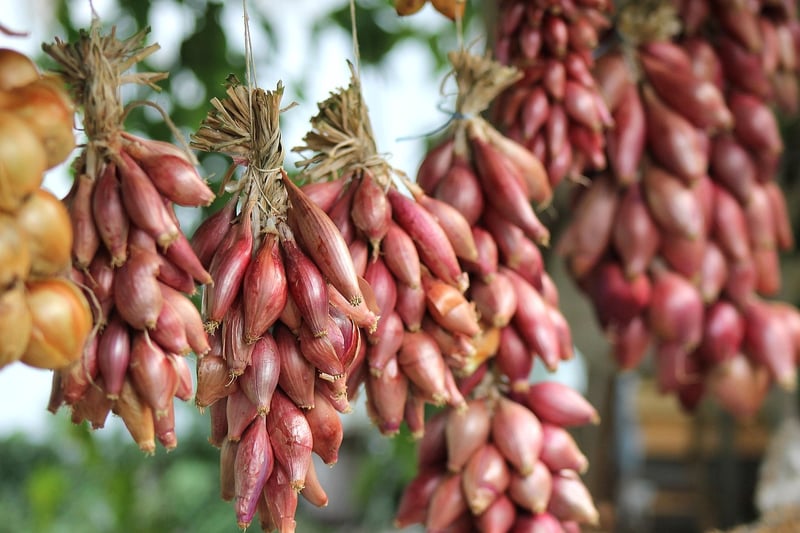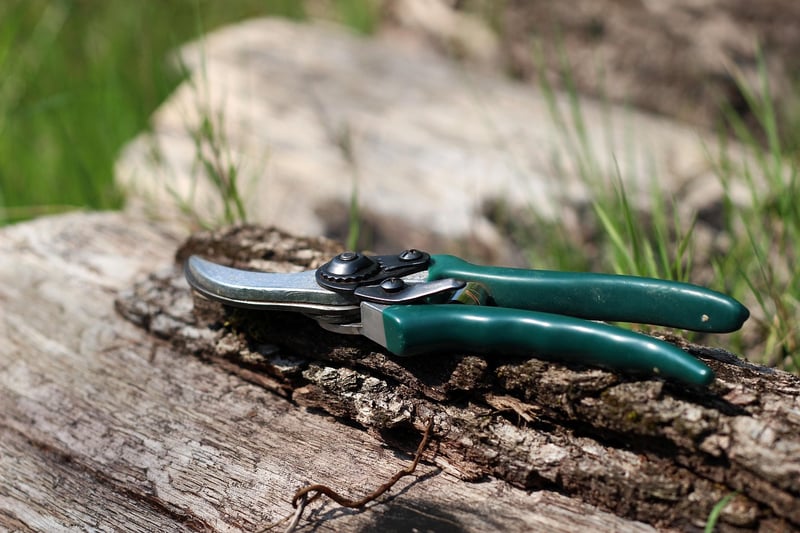Pruning Guidance
Keep Your Garden Thriving with Proper Pruning Guidance

Having a flourishing garden requires more than just planting and watering. Proper pruning is essential to ensure your plants stay healthy and continue to thrive. Whether you're a seasoned gardener or just starting, understanding the basics of pruning can make a significant difference in the overall well-being of your garden.
Why Pruning is Important
Pruning is the process of selectively removing specific parts of a plant, such as branches or roots, to benefit the plant's growth. It helps promote air circulation, improve sunlight exposure, and shape the plant for better aesthetics. Additionally, pruning eliminates dead or diseased parts, preventing the spread of infections and encouraging new growth.
Pruning Techniques
There are several pruning techniques to consider based on the type of plant and your specific goals:
- Deadheading: Removing spent flowers to encourage new blooms.
- Thinning: Removing excess branches to improve air circulation.
- Heading back: Trimming the tips of branches to promote branching.
- Renewal pruning: Cutting back the entire plant to stimulate new growth.
When to Prune
Knowing the right time to prune is crucial to avoid harming your plants. While the timing can vary depending on the plant species, a general rule of thumb is to prune:
- In late winter or early spring for most deciduous trees and shrubs
- After flowering for spring-flowering plants
- In late spring for summer-flowering plants
- In late summer or early fall for fall-blooming plants
Tools for Pruning
Having the right tools is essential for effective pruning. Some common pruning tools include:
- Pruning shears
- Loppers
- Pruning saw
- Hedge shears
- Gloves for protection
Conclusion
By incorporating proper pruning techniques into your gardening routine, you can help your plants thrive and enhance the overall beauty of your garden. Remember to research specific pruning requirements for each plant species and practice caution to avoid over-pruning. With the right knowledge and tools, you can enjoy a vibrant and healthy garden all year round.
Happy pruning!
